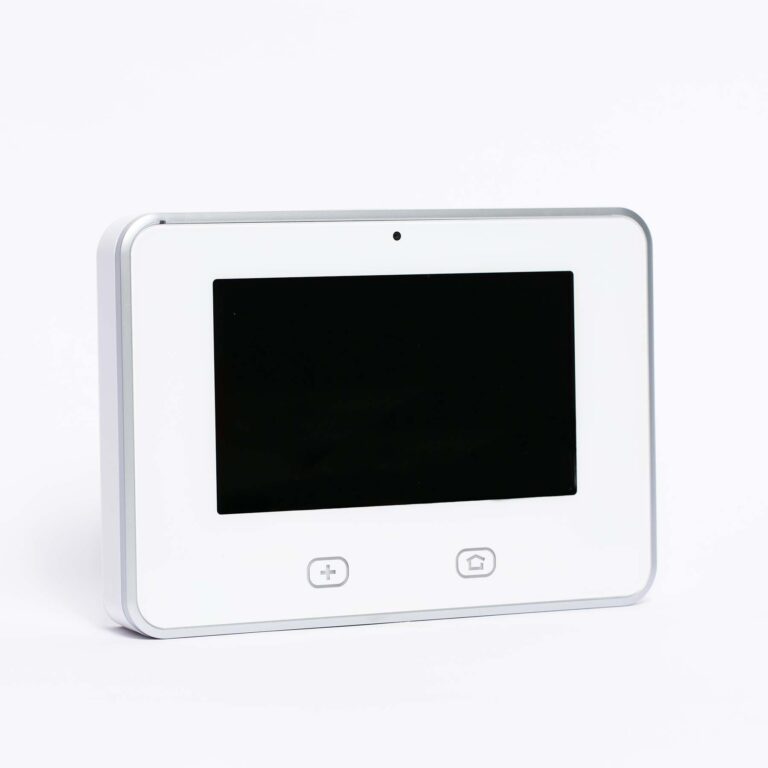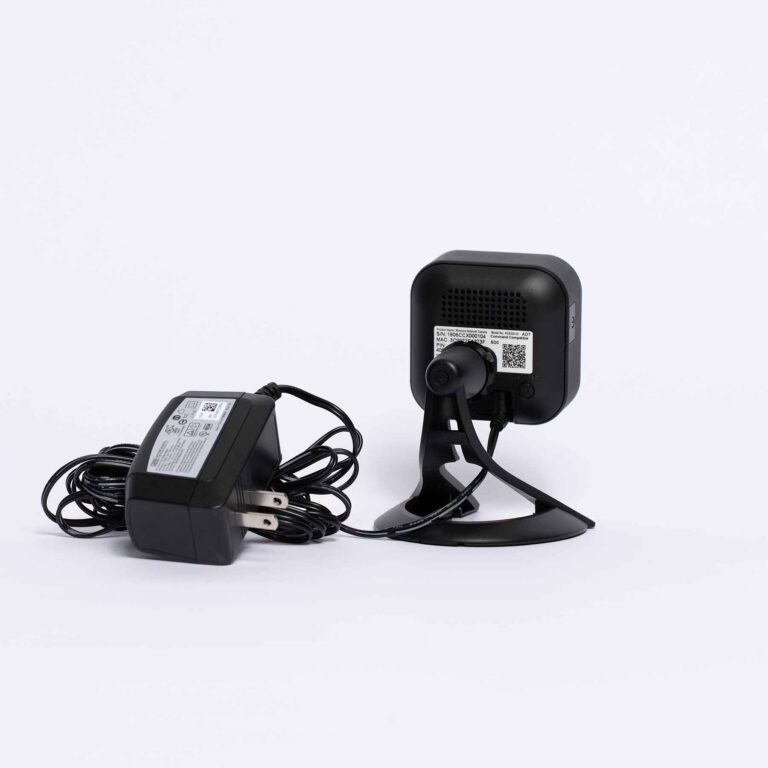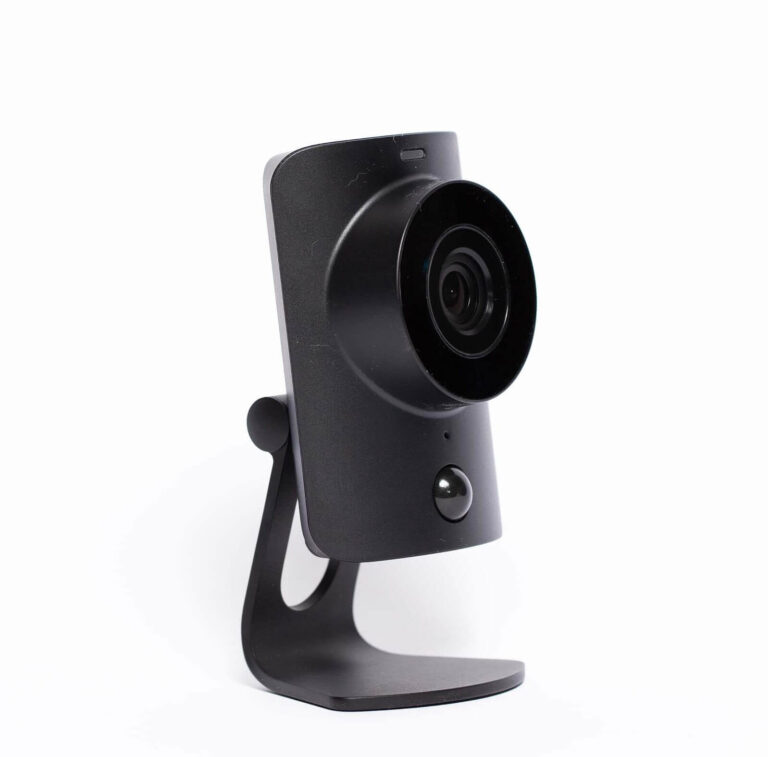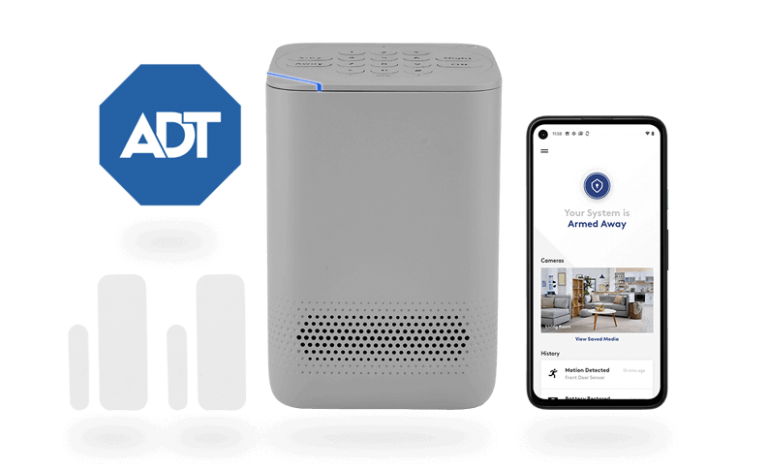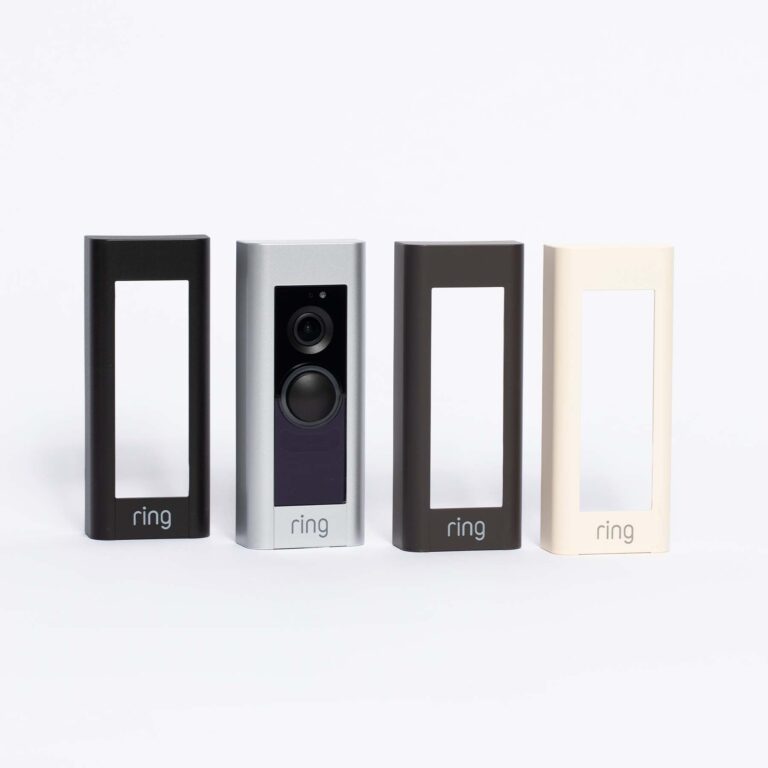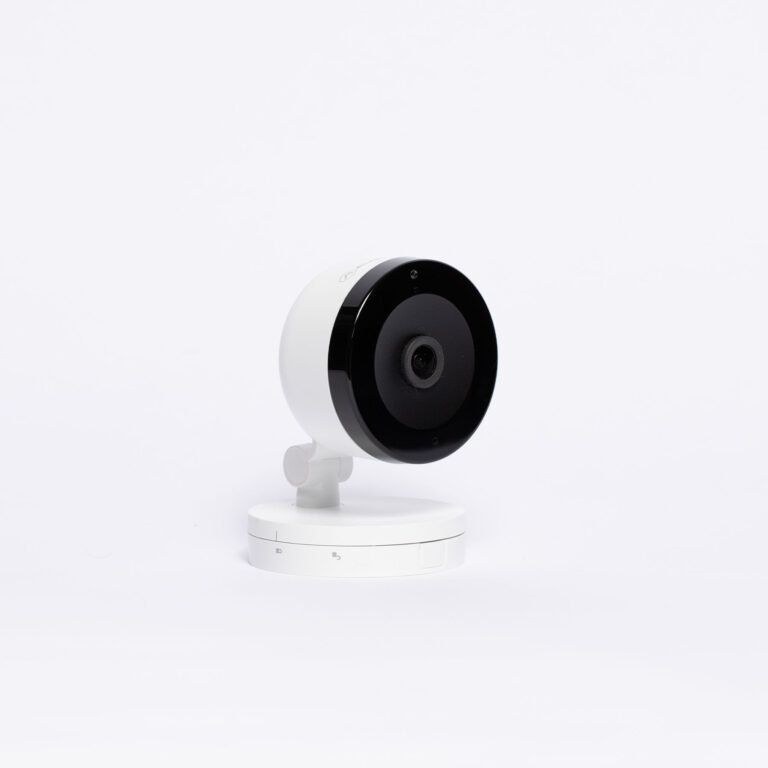After trying all the top systems on the market, we identified our 10 favorites. Our top pick is the premium-grade, smart home-ready Vivint home security system. It’s pricier than some, but you get what you pay for. And you don’t have to install anything yourself. For something that may be easier on your wallet, we recommend SimpliSafe’s DIY home security system. Its straightforward, reliable protection is our choice for Best Value. Things that can impact your overall cost:
Equipment costs: Most DIY home security systems require you to buy all of your equipment upfront, which can cost between $200 and $1,000 or more. The good news is you can choose the equipment that works best for you—multiple security cameras or none at all? Just the basics (base station, motion detector, window sensor) or the latest and greatest security and smart home innovations? Fees: You may be charged fees for installation or activation. These fees can depend on the size of your system and whether or not you choose professional installation. Long-term contracts: Some alarm companies require contracts that can last anywhere from 36 to 60 months. Most contracts come with steep termination fees (up to 100% of the remaining contract) if you cancel early. The plus is that contracts can mean no big upfront costs for equipment. Professional monitoring: We recommend professional monitoring with every home security system. It’s a direct link to help when you need it, whether you’re home or on vacation. The average cost for pro monitoring, based on all the systems we’ve tested, is around $32 per month. Mobile app features: Most home security systems have a mobile app that you can view a live stream, download recordings, and manage settings. Some home security companies require a subscription to use certain features so it’s important to look at what you get with each plan, along with what the mobile app offers. Smart home control, mobile apps, and video monitoring: These features are usually upgrades that depend on the type of plan and equipment you want. The more perks you add to your system, the higher the monthly price may climb.
We especially like home security companies that use enhanced resources and technology to deliver assistance as quickly as possible. Both Cove and SimpliSafe use RapidSOS, a data platform used by emergency response centers to help provide faster, more accurate help to people in need. We also appreciate home alarm companies that let you opt in to short-term monitoring for vacations, like Abode. On top of pro installation by trained experts, full-service home security companies like ADT and Vivint include a complimentary security assessment of your home that includes identifying all security vulnerabilities and recommendations to maximize your home’s security. Some of the benefits of integrating your security system with smart home devices include:
Voice control of your system Ability to check on and control locks, cameras, sensors, and more from anywhere Energy efficiency and possible savings on utilities Extra security to let in kids after school, dog walkers, house sitters, etc.
Wired: A wired security camera requires a wired connection to your internet network and a power source. Wireless: A wireless home security system connects wirelessly to your internet network, but still requires a power cord. Wire-free: A wire-free camera runs off a battery and doesn’t use any wires at all. Some options, like ADT, have good equipment but so-so cameras. Vivint’s cameras have some of the best features on the market, including video analytics and 4K image sensors (as well as more standard fare like motion detectors, two-way audio, and night vision). If you want a security system that will protect your home and also make your neighbors say, “Wow, where’d you get that?” then Vivint’s got what you need. You can see some of Vivint’s best work in its cameras: the Vivint Indoor Camera, the Vivint Outdoor Camera Pro, and the Vivint Doorbell Camera Pro. These cameras have some wicked smart theft-deterrent features, like anti-loitering and anti-package theft alarms. We talk more about them in our Vivint Cameras Review. If you want the system with the most clout, then ADT delivers. Potential burglars will see the yard sign and skip your house faster than you can say “break-in.” Not to mention that ADT uses professional installation so you don’t have to do the work yourself. ADT also offers a DIY system with lower costs, self-monitoring and no contracts. Check out our ADT Self Setup review or read on to learn more. Check out How Much Is ADT? to learn more. ADT doesn’t have the best cameras for a massive, well-known home security company, but they get the job done. The main draw with ADT cameras is the 24/7 video recording that comes with all packages. ADT also allows its customers to customize any service plan with their desired equipment. To learn more, read How Much Does SimpliSafe Cost? and SimpliSafe Cameras Review. While SimpliSafe isn’t great at home automation and smart home stuff, its cameras are effective and affordable, and it has a few special pieces like its very own in-house smart lock. We recommend SimpliSafe over Cove because it has a wider range of equipment. But Cove is a nice alternative for people who want something affordable yet sleek. Cove’s equipment doesn’t just look good. It’s also super easy to set up and backed by good customer support. The four cameras include an indoor camera, an outdoor camera, a Kami doorbell camera, and the good old Skybell doorbell. As we mentioned, all ADT Self Setup equipment is DIY and pretty simple to install, making it a great choice if you’re interested in saving some money on installation fees, but still getting the reputable ADT name. You can also self-monitor your system for free (although you won’t get all the features you’d get with a paid plan). We also love that Ring still has decent smart home support. Some other cheap security systems, like SimpliSafe and Cove, don’t work so well with smart home devices like lights and locks. Ring Alarm supports Z-Wave so you can integrate your smart outlets with your overall security system. The only thing we don’t like about Ring is the privacy concerns that have caused some users to turn to other systems. Ring has a decent home security selection, but its true power is in the cameras you can add to your Ring Alarm security kit. Seriously—there are so. Many. Cameras. Whether you’re looking for a doorbell camera, floodlight camera, or something else, Ring’s got you covered. Frontpoint also has flexible monitoring options for your convenience. You can pay more for no contract or less with 24- and 26-month commitments. Scout has something we haven’t seen from any other security company: an RFID door panel. Never heard of RFID? You’re not alone. RFID stands for Radio Frequency Identification. For this purpose, it basically means you can use little stickers or tags (with RFID functionality) to arm and disarm your security system instead of the traditional keypad. You’ll also save some money with Scout. Its equipment, including cameras, is super affordable. Scout’s doorbell camera costs only $99, which is cheap for a doorbell cam that still records in crisp 1080p HD. Scout is also one of the few security companies with beautiful equipment. Whether you go with black-on-white or white-on-black, your security system will be downright stunning. If you have a signature aesthetic of elegance, you’ll want Scout equipment. How about them cameras? Scout hasn’t broken in to the outdoor camera world yet, but it offers perfectly functional indoor and doorbell cameras. If you need some super-specific sensor you can’t find anywhere else, then Link probably has it. You can also get a whopping six different cameras with Link Interactive. Two of them are identical to Frontpoint cameras, and none are Link Interactive-specific—which means that if you love these cameras, you might be able to move them to another system later down the road. Brinks Home security takes that a step farther, though. Its reps can contact you through text message, phone, or email, depending on which you prefer. If, like us, you avoid answering your phone as much as possible, then text messages might be a better way to reach you. Brinks Home can also notify other people on your contact list in case you don’t pick up. The Brinks Home alarm system also offers both DIY and professional installation. You get to choose what works for you. And while its cameras don’t make us jump for joy, Brinks Home has three okay-ish options. The best one is a SkyBell doorbell camera that Frontpoint also sells. To decide which home security system is the best, we looked for innovative technology, a wide range of smart home integrations, reliable security sensors, and professional monitoring. We looked for more than just basic contact sensors and a control panel; we wanted the full smart home plus security experience with value trumping cost. We’ve performed hands-on testing with several of these systems (Vivint, SimpliSafe, ADT, ADT Self Setup, and Ring), and we’re testing new systems all the time to gain new insights. There are two parts to how much your home security system will cost: equipment and monitoring. With both parts, a home security system can average anywhere between $50–$1600. Equipment includes things like your door and window sensors, motion sensors, control panel, etc. How much it will cost depends on which provider you choose, but expect to pay a few hundred dollars for a basic package—$200 would be considered cheap for a starter pack of home security equipment. That said, it can run cheaper if you go with a company that runs a lot of deals on equipment (like Frontpoint). If you can’t afford to pay for all of your equipment up front, that’s okay. Most alarm companies offer some kind of financing option where you can pay for your equipment throughout your contract. Contract-free systems like Scout and ADT Self Setup don’t always offer financing, but it’s becoming more common. For more in-depth information about the functions and how much you’ll pay for different home security equipment, check out our motion sensor guide, motion sensor light guide, and video doorbell guide. Choose DIY when you don’t want to pay an installation fee (which usually runs around $100, sometimes more). Also, consider DIY when you want to spend less money on equipment. DIY systems tend to cost less than professionally installed ones. Choose professionally installed when you want to know for sure everything will be done right the first time around. DIY installation requires you to do everything yourself, and not everyone’s okay with that. If technology isn’t your favorite thing, it might be easier for you to just let the professionals handle it. Professional installations also come with an in-home consultation where the technician will help you assess which parts of your home could be potential targets. The best home security systems have professional monitoring. We know it’s an extra monthly expense, but we almost always recommend it. Who knows when your alarm system will go off and you won’t be paying attention to your phone. These things happen fast, so it’s better and easier to have someone watching your system 24/7—whether for a real burglar or just false alarms. That said, some people just don’t want that monthly professional monitoring bill. If you really want to self-monitor, great. But if you’re just worried about the cost, we recommend looking into low-cost professional monitoring plans like SimpliSafe’s or Scout Alarm’s. Also, if you self-monitor, ensure your system has battery and cellular backup. You don’t want it to lose power or communication while you’re sleeping or have your phone off. With only your eyes on the system, you’ll be vulnerable. It also depends on how secure you want your house to be. You don’t have to cover every conceivable entrance to still be protected. And sometimes, motion sensors can do the job of several entry sensors. When you think about how much equipment you’ll need, you should also think about which home automation devices you want and which disaster-prevention devices you’ll need (like smoke alarms, CO sensors, and flood sensors). You’ll also want to look at cameras. Not every security system comes with a home security camera, so if your favorite security system doesn’t have one, you’ll also want to look for separate wireless security cameras that might connect to your system, like a Wyze Cam. The best home security systems let you order your equipment à la carte, so you can choose exactly what you need and skip what you don’t. Smart homes are totally customizable, and you can build one however you want. But the standard feature is some kind of hub that all your other devices connect to. (With home security systems, it’s usually the control panel.) Just make sure whatever devices you want to add to your system integrate with the stuff you already have. For example, if your hub supports only Z-Wave, you’ll have to stick to Z-Wave devices. (And even then, it’s a good idea to check that they’re compatible.) It’s also a good idea to ensure you protect your smart home from hackers. When you use Wi-Fi, there is always a chance you’re susceptible to hacking. A few ways to keep your home from being vulnerable are to always use two-factor authentication with your logins, keep your apps and firmware updated, and use strong, hard to guess passwords for all of your devices. For more ideas about how to build up your smart home, check out our smart lock, smart thermostat, outdoor camera, and smoke detector reviews. Most security companies sell disaster home security devices, and smart versions of these devices can alert you on your phone when there’s something going on. Video doorbells are awesome! With doorbell cameras, like Ring video doorbells, you can see and talk to whoever’s on your porch without opening the door. Heck, you can do it even when you’re not home. Video doorbells help deter package thieves and let you see who’s coming and going. As for how to use one, they work the same as most other security cameras and hook into your existing doorbell setup. Sometimes you don’t even have to hardwire them, depending on which model you choose. Once it’s installed, you’ll get alerts whenever the camera’s motion sensors go off, and you can see who’s at your door and talk to them through the camera mic. Check out our Smart Video Doorbell Buyers Guide for more info. If you don’t want to spring for an entire security camera package, then consider just getting a doorbell camera. Indoor cameras can also come in handy for keeping an eye on your kids and pets. Home security systems and motion detector lights can be a nice extra burglar deterrent, even if you are in an apartment, It’s always a good idea to ensure that every entry point to your home is secured, including your garage door, any sliding doors, and basement windows.

